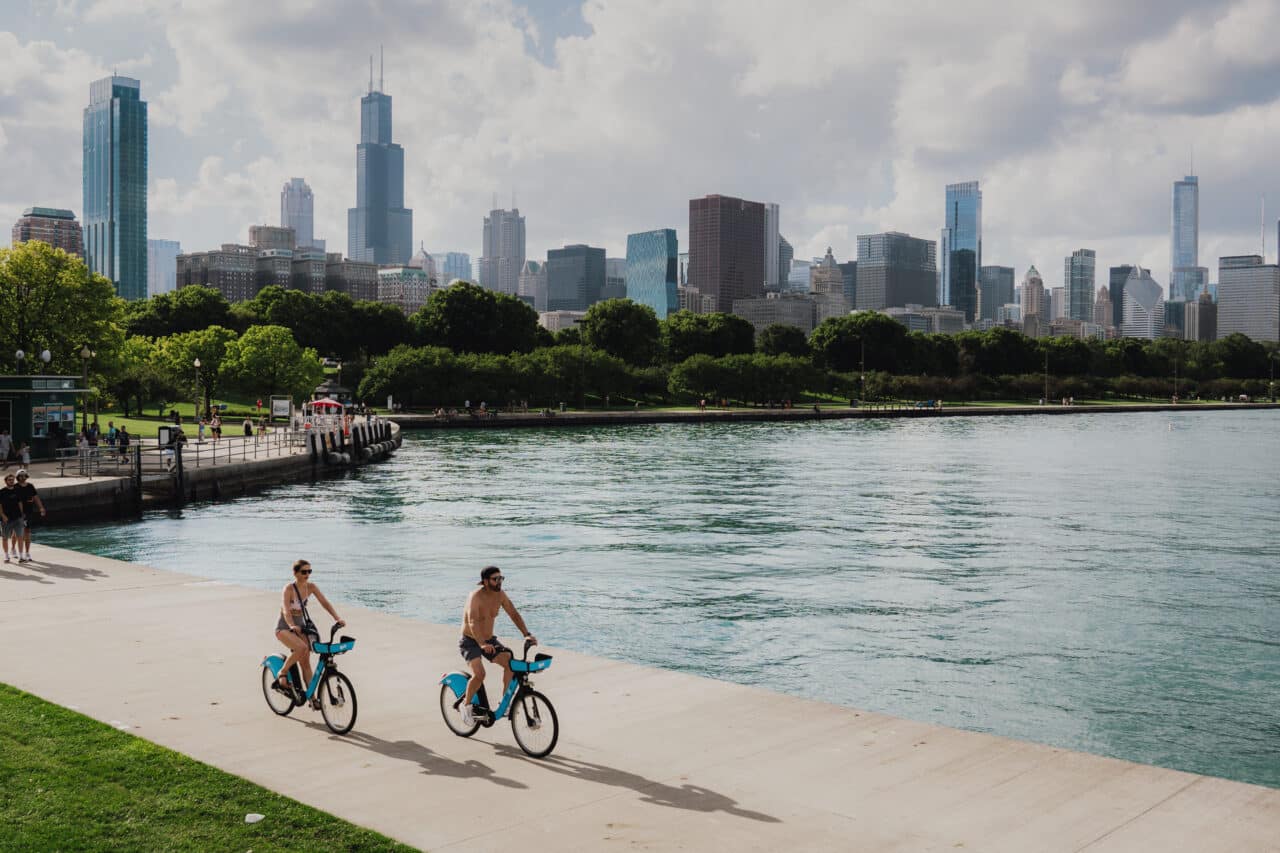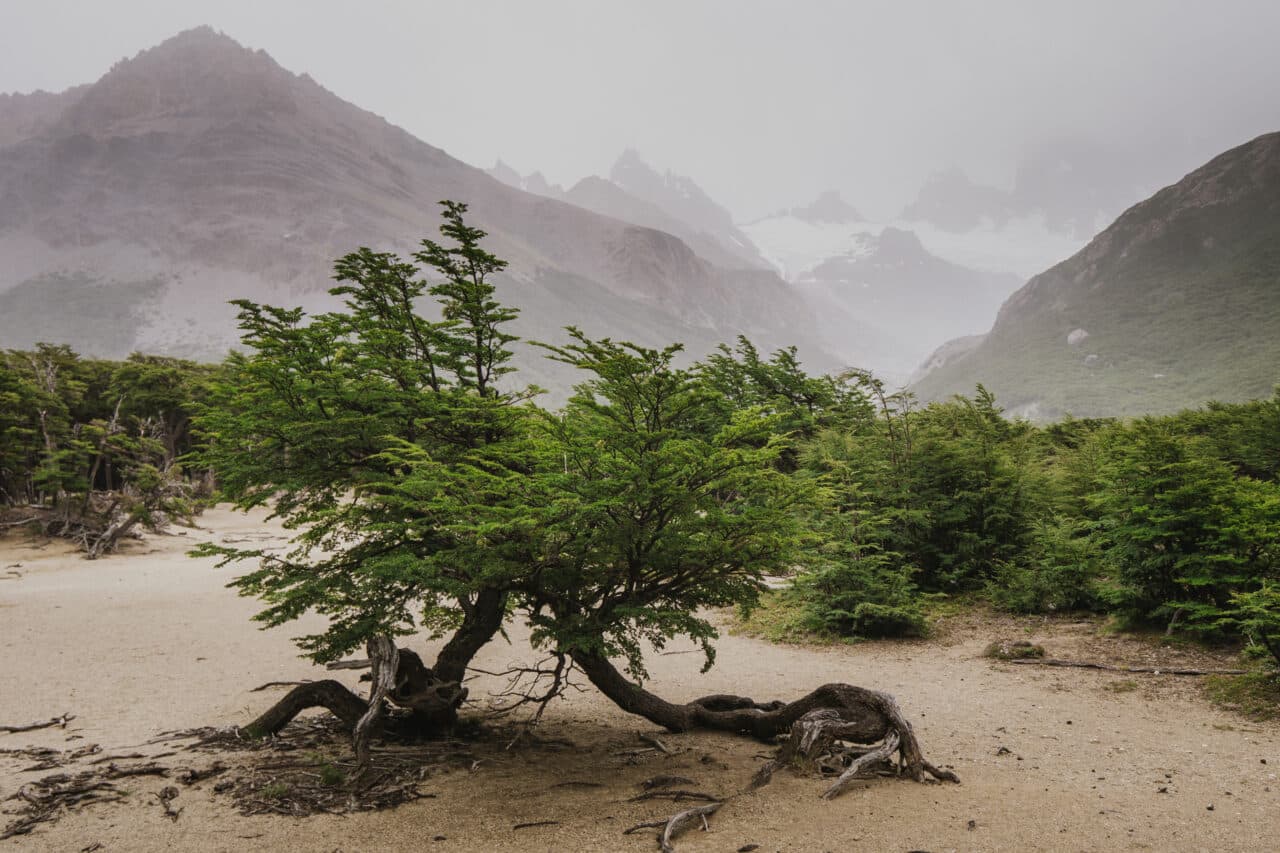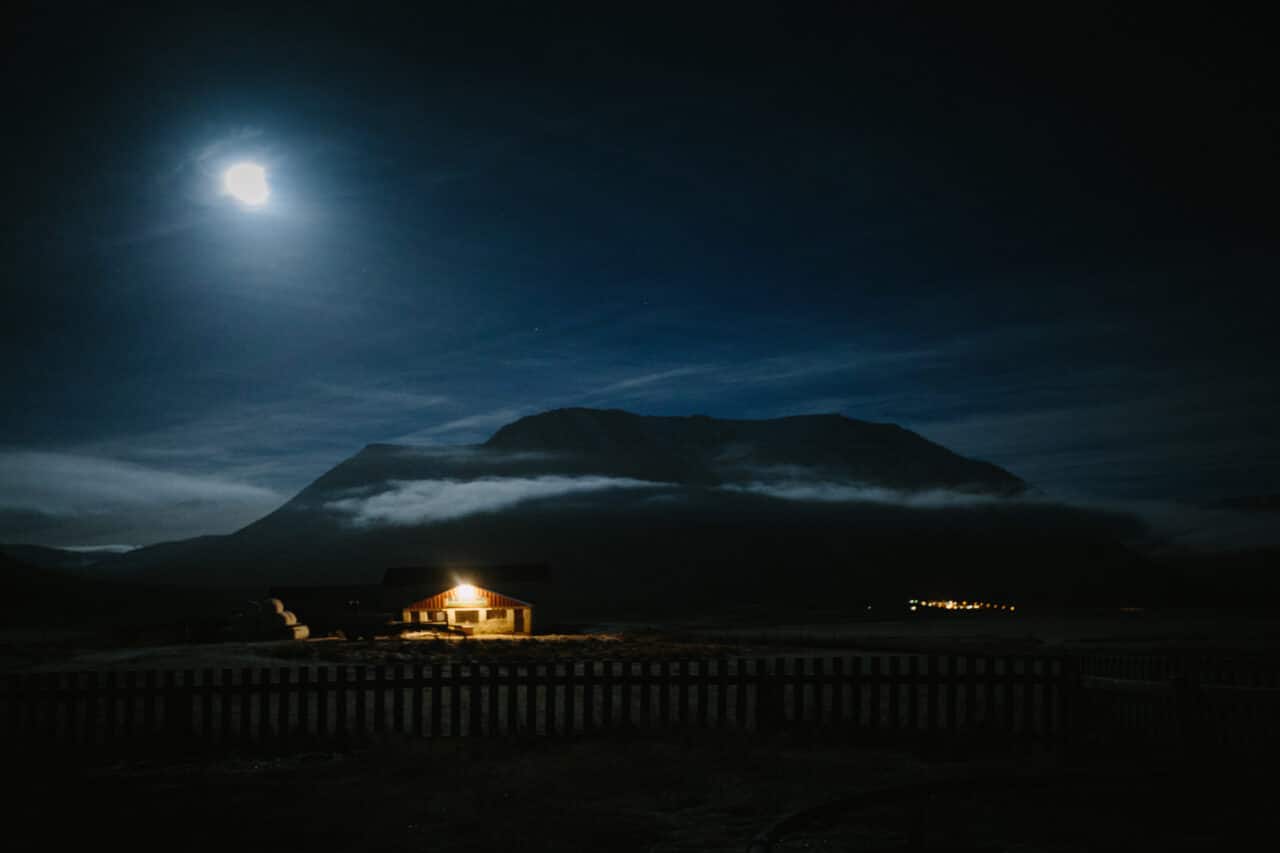How To Use Different Types of Natural Light in the Field

There are different types of natural outdoor light, which are influenced by the time and weather conditions. Some lighting conditions are easier, others more difficult, and each brings its own challenges but also potential for photography.
When traveling or doing some quick documentary photography, we can’t use equipment to help us modify light. We have to depend on what we have at hand, our experience and skills.
We can say the same about photography as we say about the weather—There’s no such thing as poor light, just poor preparation. A photographer’s main piece of “equipment” in this case is the desire to make the most of every lighting situation.
The sunset may make our job easier, but there is also a lot to be gained from shooting in midday light or on a foggy day. Let’s take a look at how we can work with the natural light we’re given.
The golden hour
We’ll start with the most widely used type of light. Many photographers don’t think twice about going to the top of a mountain in the middle of the night to experience that special moment when the first golden rays of light hit the surrounding landscape.

The golden hour occurs one hour after sunrise and one hour before sunset.
As the name suggests, everything touched by this light is bathed in beautiful golden light. Everything glows with bold colors that can convey feelings of peace, happiness, harmony, and other positive feelings. Additionally, the horizontal direction of the evening light casts dramatic shadows, highlights shapes, and adds dimension to objects.

The golden hour is particularly effective when shooting hilly landscapes and city skylines. In fact, with the right camera angle, you can accentuate their plasticity.
The golden hour works great for portraits too, but it’s not that easy to use. Backlight can be very effective. Backlight is when the sun is behind the subject, surrounding the hair with a golden glow and evenly illuminating the face with reflected light. However, this is a complicated and very high-contrast lighting situation and it is important to use the right exposure.
In addition to backlight, you can also let the light shine directly in the subject’s face and creatively work with it. In any case, be sure to shoot in RAW format so you can experiment with white balance in post-production.
Twilight, dusk, and the blue hour
Twilight and dusk are another great opportunity for photography. Specifically, a half hour to an hour before sunrise or a half hour to an hour after sunset. This is when the sun is no longer directly visible, but the sky is still bright and becomes the primary light source.
This time of day is often forgotten about. But it can give beautifully soft, multi-colored lighting that gives subjects a calm, peaceful, and often mysterious atmosphere. The lack of contrast can be a problem, but the saturated pink, purple, and blue colors are a major benefit.

When the sun goes down, don’t start packing up your gear right away. Keep shooting. In many cases, this light can work even better than during the golden hour.
Harsh midway light
Noon is a time of day that many photographers try to avoid. The midday sun is the least desirable type of natural light. Direct sunlight is very harsh. If you’re taking classic headshots, it’s best to move your subjects to the shade where the light is diffused.
However, for creative purposes, the harsh sunlight can result in unique shadows that accentuate facial features (including wrinkles). Watch the saturation, which is very low during the midday sun. Midday can give you very distinctive pictures.


Photographers sometimes rule out midday sun and miss out on unique opportunities. For example, the midday sunilluminates water surfaces. It shines from above, penetrates the water’s surface, and makes the water appear clearer and cleaner, while earlier or later, the light shines from different angles and is reflected in the water’s surface.

Overcast skies and fog
Overcast light is flat, soft, and neutral, and has minimal contrast and cool colors. It’s as if you are using flash with a massive softbox. Everything is lit more or less evenly. This makes photography easier because you don’t have to think about the direction of light.

Overcast skies are perfect for shooting outdoor events and weddings, especially if they take place at midday.
Similarly, overcast skies are good for portraits and wildlife photography. Photographers can focus more on the photo’s content and not so much on the direction of the light.

Fog works similarly to overcast skies. The light is very soft. But the difference is that when you move away from the subject, you lose detail. Sometimes this isn’t a bad thing. On the contrary, it brings new creative possibilities. The truly magical moment comes when the sun’s rays penetrate the fog.
Night photography
Night photography can be a great challenge because you have a limited amount of natural light. The only light sources are the stars, the moon, and in the winter in northern parts of the world, the northern lights.
Try visiting a familiar landscape during a full moon. It’s best to go late when the moon is already in the sky and acts like a low-intensity spotlight. You need to use long exposures, and maybe a tripod. The familiar landscape takes on new shapes, a new atmosphere, and an overall new dimension that may not have known before.






